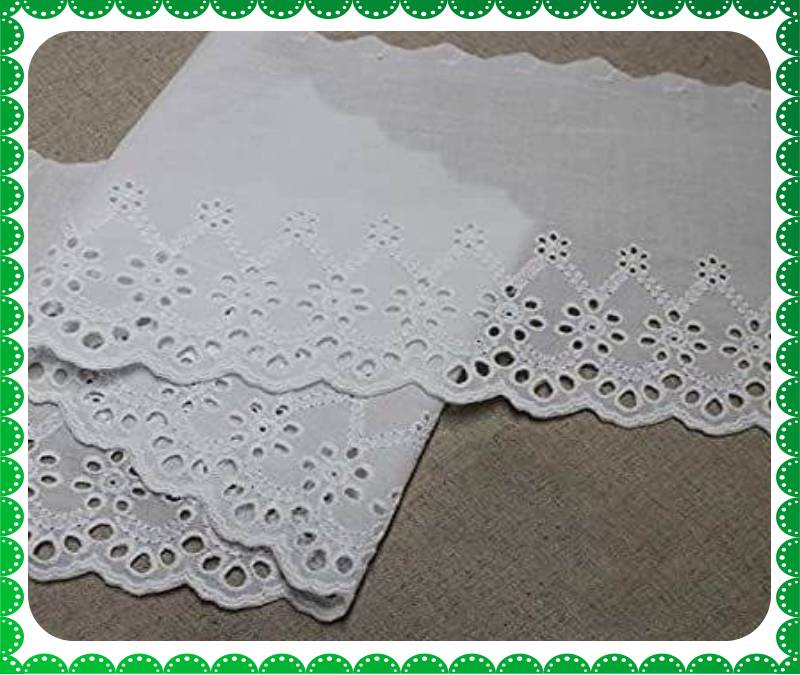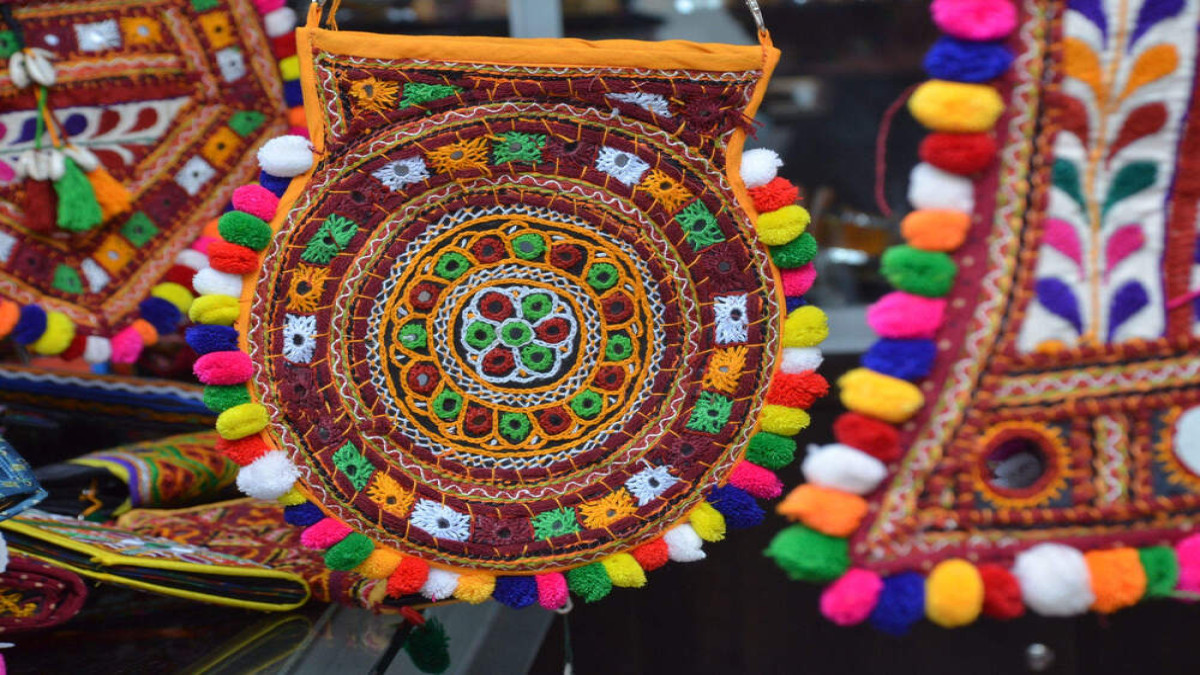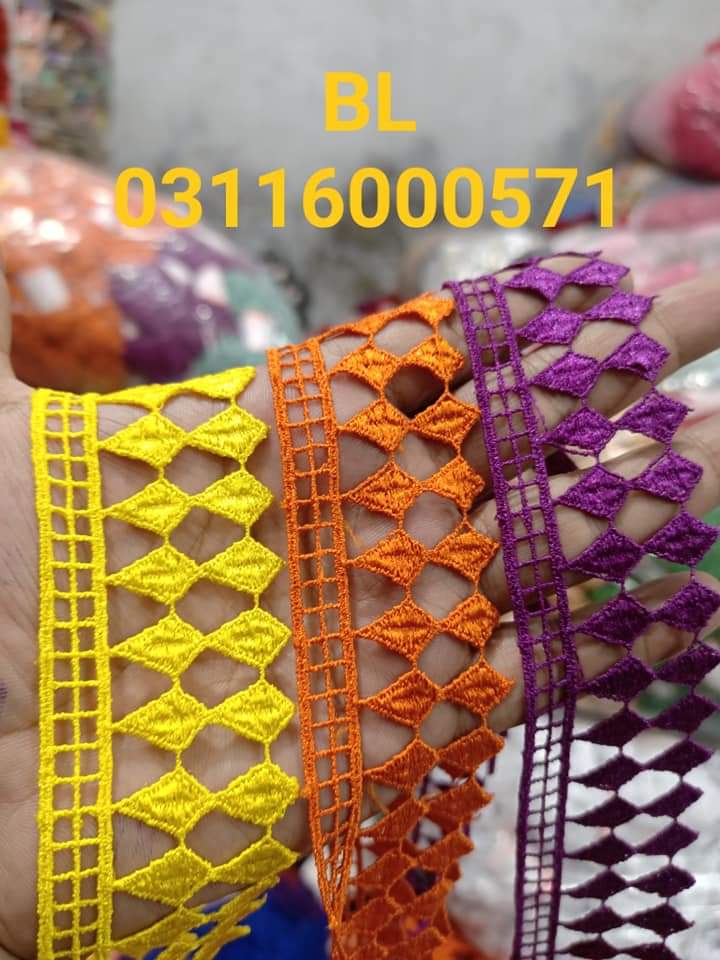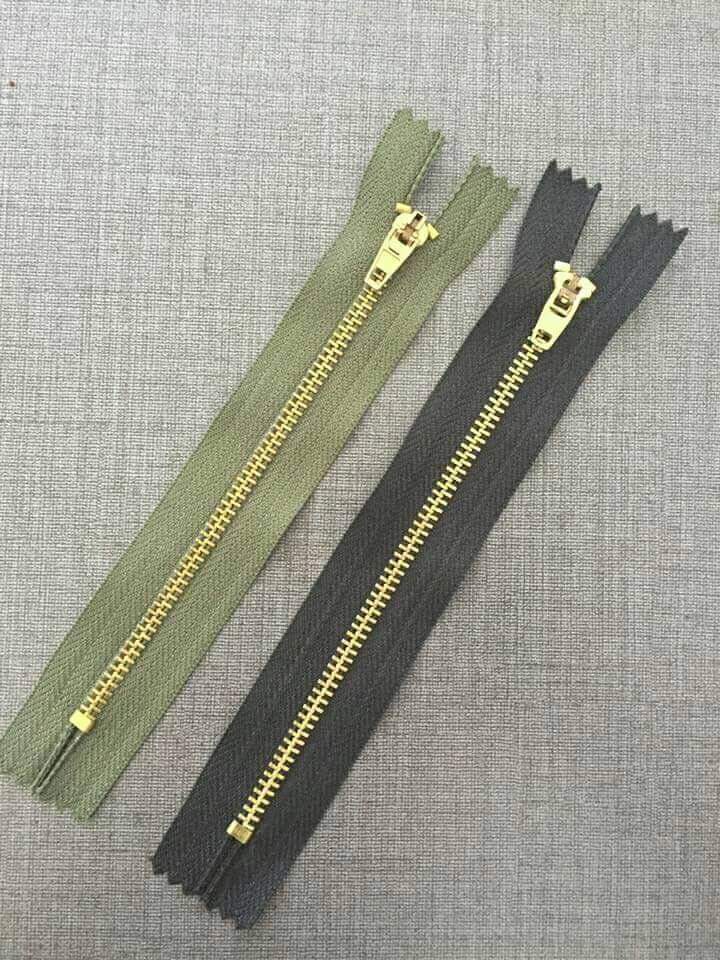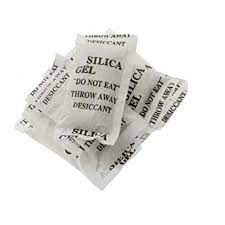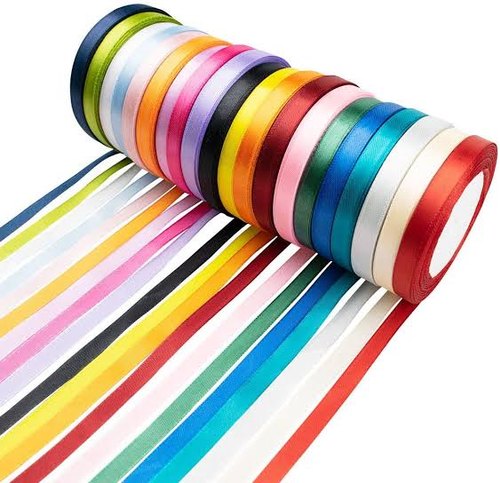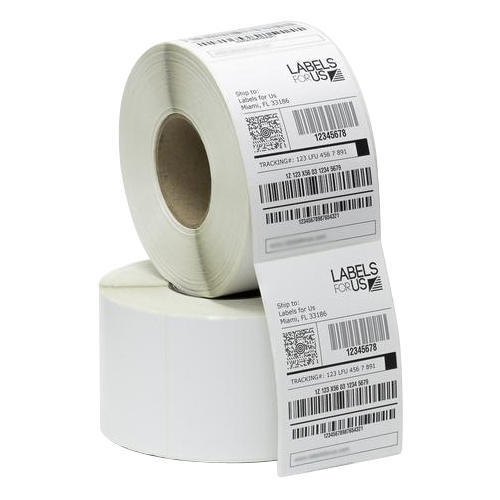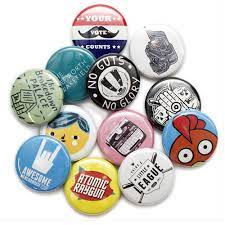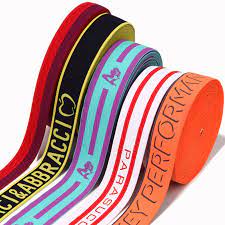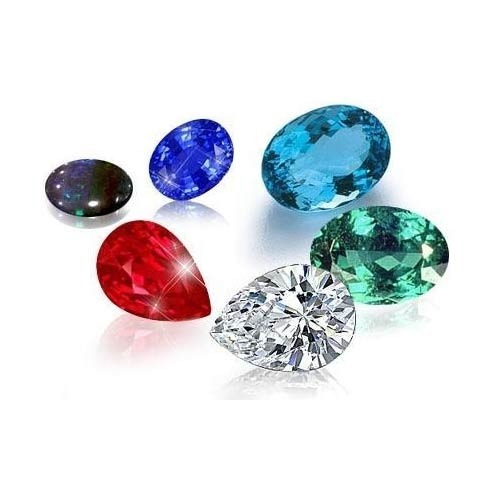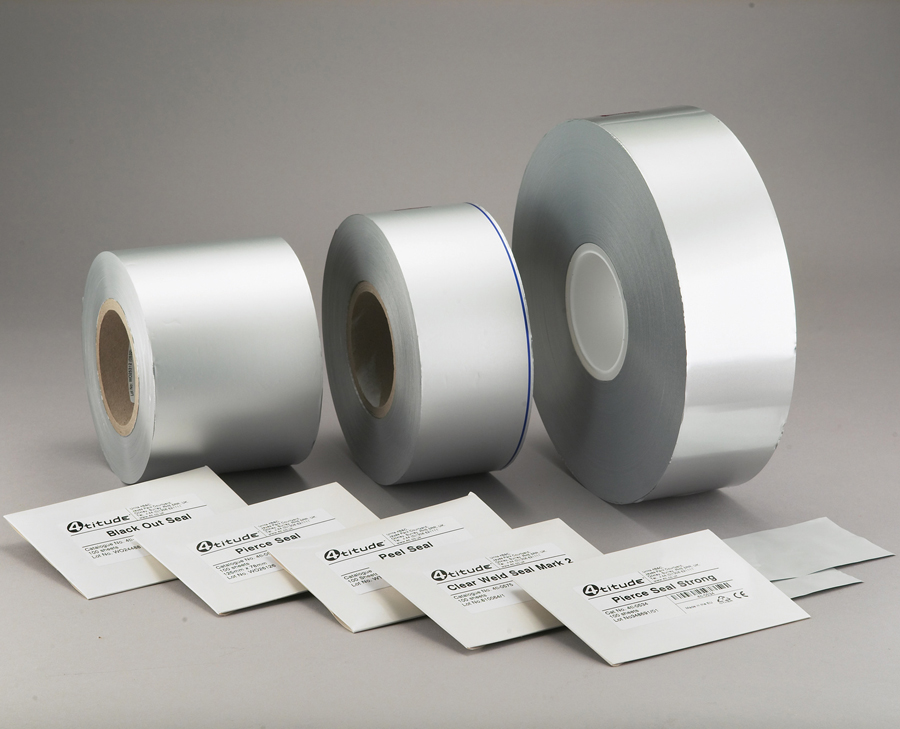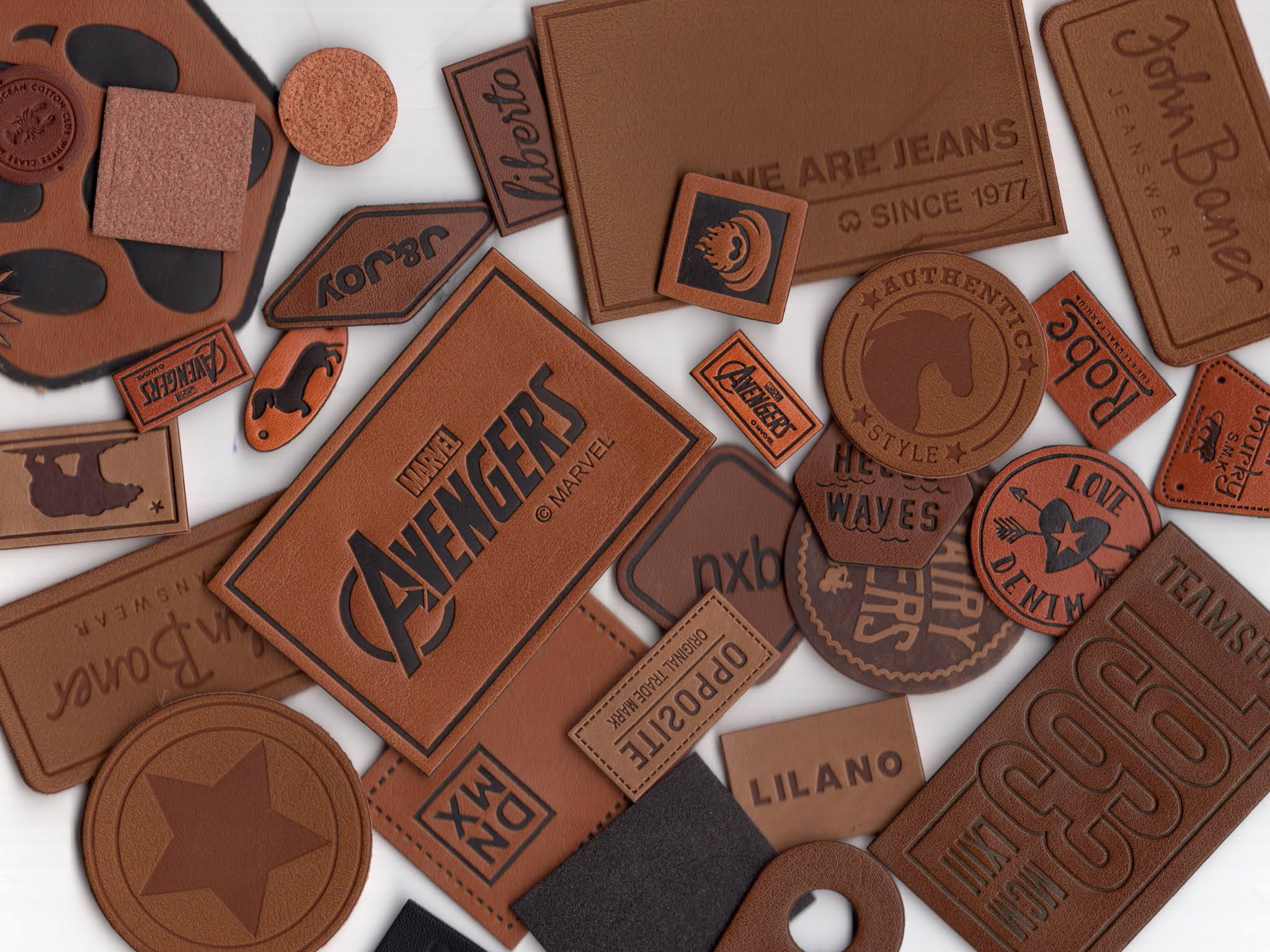Lace as an Accessory to Fashion
Lace as a craft and discipline has always struggled with its almost symbiotic relationship with fashion. No textile discipline, apart perhaps from embroidery, has been so wrapped up in the vagaries of the fashion world. Through the different style eras of Europe, lace has seen erratic cycles of expansion and contraction in its fortunes, very often directly influenced by the amount of lace accessorising used by the fashion industry.
All of the examples shown in this article were produced at the beginning of the twentieth century, a period that saw both lace and embroidery enjoy direct and obvious roles as accessories to the leading fashion textile of the day.
Much of the embroidery and lace work visible came in the form of decoration for border edging such as cuffs and necklines. Yokes, of which all of the illustrations are examples, were a decorative format in fashion, which often came in the form of detachable decorative accessories that overlaid the neck and shoulders of a costume. Most yokes came in the form of embroidery or lace and, depending on the quality and complexity of work, could be the most expensive part of a particular outfit.
To a certain extent, there was an element of manipulation of costume during the period of the very beginning of the twentieth century. Much work was done by designers, entrepreneurs and wealthy patrons, to promote some of the hand production textile crafts, particularly that of lace, which was seen by many to be the most vulnerable to the rapid changes taking place in the consumer market. These changes, which had the automation of fashion at their heart, was an anathema to a craft such as lace.

